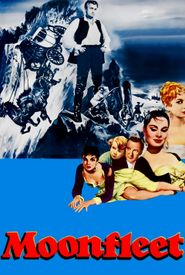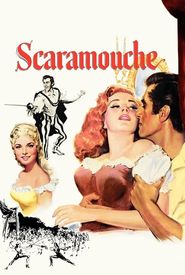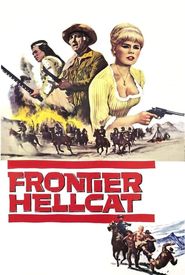James Lablache Stewart, later known as Stewart Granger, was born in London, the great-grandson of opera singer Luigi Lablache. He attended Epsom College, but left to pursue a career in acting, attending the Webber-Douglas School of Dramatic Art in London.
By 1935, Granger made his stage debut in "The Cardinal" at the Little Theatre Hull. He went on to join the Birmingham Repertory Company between 1936 and 1937, and made his West End debut in "The Sun Never Sets" in 1938. He joined the Old Vic company in 1939, appearing in "Tony Draws a Horse" at the Criterion and "A House in the Square" at the St Martins.
Granger's career was put on hold when he joined the British Army in 1940, but he was released due to health reasons in 1942. He quickly landed his first film opportunity, "The Man in Grey," for Gainsborough Pictures in 1943.
Granger's early film work was unsatisfying, as he was often typecast as the dashing hero type. However, he did appear in some notable films, including "Caesar and Cleopatra" in 1945, alongside Claude Rains and Vivien Leigh, and "Hamlet" in 1948, for which Jean Simmons received an Oscar nomination.
Granger married Simmons in 1950, and signed with MGM. He went on to star in a number of films, including "The Prisoner of Zenda" and "Scaramouche," both in 1952. The couple divorced in 1960, and Granger went on to work in Germany, Italy, and Spain.
In the 1970s and 1980s, Granger's career slowed down, and he appeared in a number of small-screen roles. He also wrote an autobiography, "Sparks Fly Upward," in which he was candid about his dissatisfaction with his career and his experiences in Hollywood.
















































































